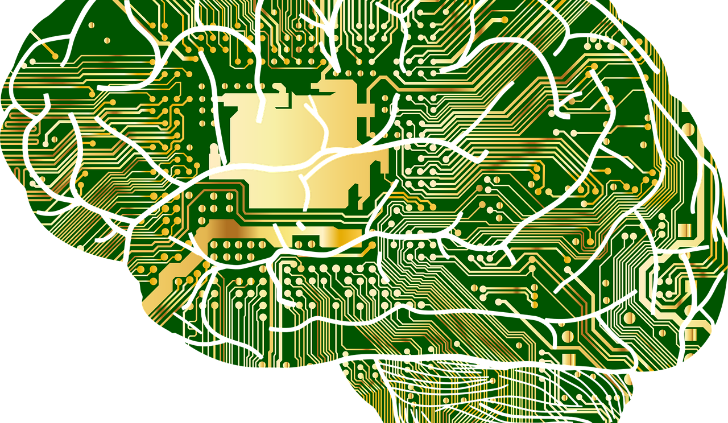Neuromarketing: the new CX/UX era
As a result of developments in consumer behavior and neuroscience, a brand new research area has emerged: neuromarketing. After decades of asking customers how they feel about products or services, have we come to the advent of a new CX/UX research era? Are we about to leave traditional customer research methods behind us for good?
For years, behavioral scientists and psychologists have been aware of the fact that people’s spoken intentions differ from their actual behavior. Various studies have also shown that people are not very good at expressing their feelings. On top of all this, a Harvard study, amongst others, proved that well over 90% of our (purchase) decisions are made subconsciously. This means that when it comes down to decisions, instead of ratio, we base them on feelings. Yet, for decades, until today, qualitative research methods are based on asking customer’s opinions, relying on the rational, conscious part of the brain. Why is that?
The reason is simple: because there was no alternative, at least, not until recently.
UX 1.0
Today, nearly all qualitative user experience research is based on interviews, surveys, panels and other forms of questioning to collect data. In all cases, they depend on rationalized answers, or the “Think Aloud Protocol”, where participants have to say out loud whatever comes to mind when they perform a task. Of course, data-analytics provide supportive evidence, but it can’t explain the ‘why’ behind customer behavior. It’s safe to say that usability research did not fundamentally change since Jakob Nielsen popularized it at Sun Microsystems in the early 90’s.
On the bright side, these methods work quite well for many organizations. The biggest flaws and frustrations are addressed and tackled. However, when digital journeys advance, especially in mature industries, it will be harder to optimize, especially when deeper emotional drivers have to be considered. For this, a more sophisticated approach is needed. For example, when looking at the financial-, telecommunication or energy market, comparisons and online purchases are so easy that differentiating as a brand or service is challenging. How to make an emotional connection with your potential customer base? When they enter the sales funnel, is your flow flawless and intuitive to minimize dropouts? Intuition, how do you measure that in the first place?
Next-level UX
This brings us to neuromarketing. New technology and A.I. make it possible to detect emotions and (subconscious) behavior. Neuroscience enables the detection of emotions of participants, where eye-tracking and other tools measure viewing- and browsing behavior. The chemistry occurs when combining these techniques, integrating it into customer research. With the combination we can have the technology observe participants, while human interaction -still necessary to discover the why- can be applied after the journey. It would create a more natural environment where participants perform a task on their own -like they would normally do- and ensures a less biased, less interrupted customer journey to leave the questioning for a later stage. After having finalized their task, the researcher takes over for the interview, like they would do today. Apart from an uninterrupted flow, the researcher now has the tools to ask relevant, laser-focused questions, leaving out insignificant points because they use the input from the behavior-data that the technology detected. When a participant has a significant emotion, it’s now linked to the exact moment and location in the journey. You where they were, what they did, where they looked or what they didn’t see. With screen recordings it is also easier to analyze and to jointly discuss these moments with the participant afterwards. It objectivizes the interview and make it more efficient. When combining the consolidated data-points from all participants, interesting insights will surface, providing concrete input for improvements or A/B testing. For researchers it becomes more interesting to deep-dive into customer behavior and to search for psychological explanations.
I’m looking forward to the new CX/UX era…
Roger van der Spek, CEO Braingineers
Find out more
Tune in on our key-note (Horizon stage 12:10 GMT) and/or visit us, Braingineers, in Expo Hall 2 to find out more about our approach and technology. We provide this both as UX services or to set up your own, self-managed neuro-UX research lab.



